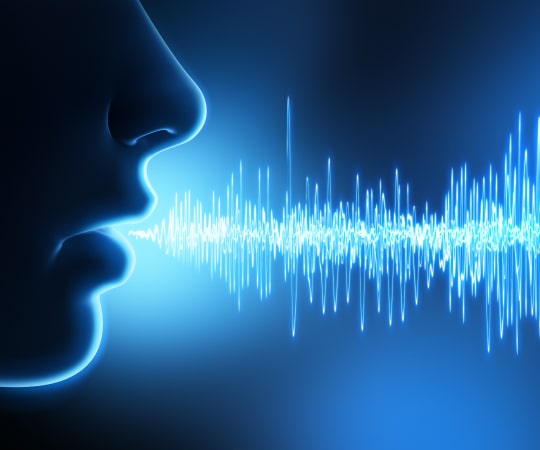Forensic Voice ID/Elimination


The Goal of Forensic Voice Identification
The goal of forensic voice identification is to determine the likelihood that a particular individual is the source of a specific voice sample, with the ultimate goal of establishing the identity of the speaker in a legal context. In this way, forensic voice identification plays a crucial role in the investigation of crimes and the resolution of disputes.

Forensic Voice Analysis: Aural Acoustic Method
- 11 point system
- Aural Acoustic Speaker Identification method
There is only one scientifically and court accepted method of SPID, the Aural Acoustic method, which uses interpretive phonetic criteria in combination with acoustic measurements. We use an 11 point system to compare the voices in separate recordings to determine if they are the same speaker or different speakers. Another method exists called Forensic Voiceprint Analysis, but this method has not been scientifically or court accepted since the 1990s. Adept Forensics are experienced practitioners of the Aural Acoustic Speaker Identification method, not only performing it but also contributing to its development through academic publications and presentations.

Types of Voice Identification:
- Earwitness
- Forensic Speaker Identification

Earwitness Identification
This is used when a witness to a crime hears the speaker’s voice.
Like eyewitness identifications, earwitness reliability depends drastically on many factors. The conditions the witness was in when hearing the voice. The sex, age, and race of the witness and the suspect. How long the witness was listening to the speaker. How much time had passed between the witnessed event and the identification.
It is always to the benefit of one side in a legal argument to either disqualify or qualify the reliability of the earwitness. In these situations an expert can assess the witness’ reliability, and make a conclusion as to how much faith the court can place on their testimony.
Forensic Speaker Identification (SPID)
This is used when a forensic expert has access to a voice recording made by an unknown person. The expert can use that recording to determine if the voice matches or eliminates a suspect. The methodology used is called Aural-Acoustic Speaker Identification. It has been used to meet Frye and Daubert standards in U.S. courtrooms since the early 1990s.. The determination is extremely reliable and can be made to a very high degree of scientific certainty. The methodology is accepted by the International Association of Identification and the National Institute of Standards and Technology.
